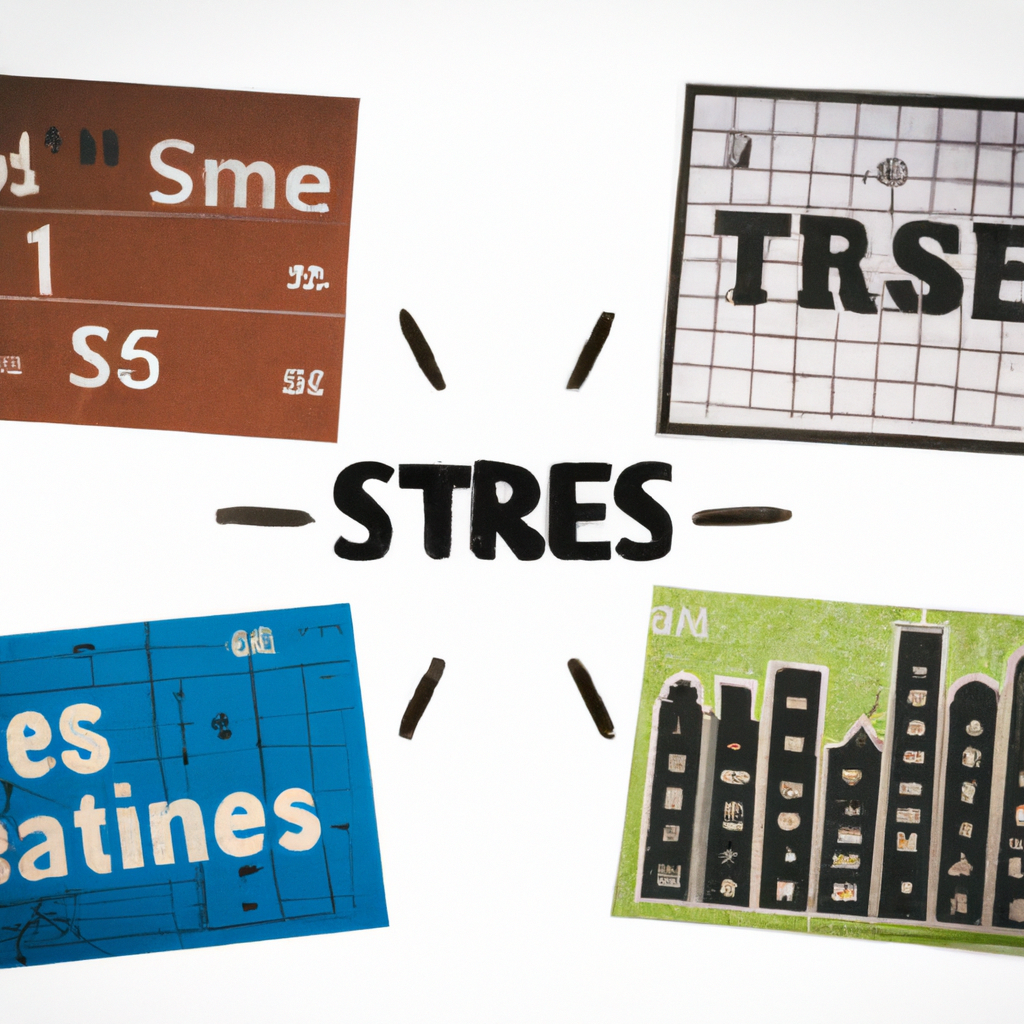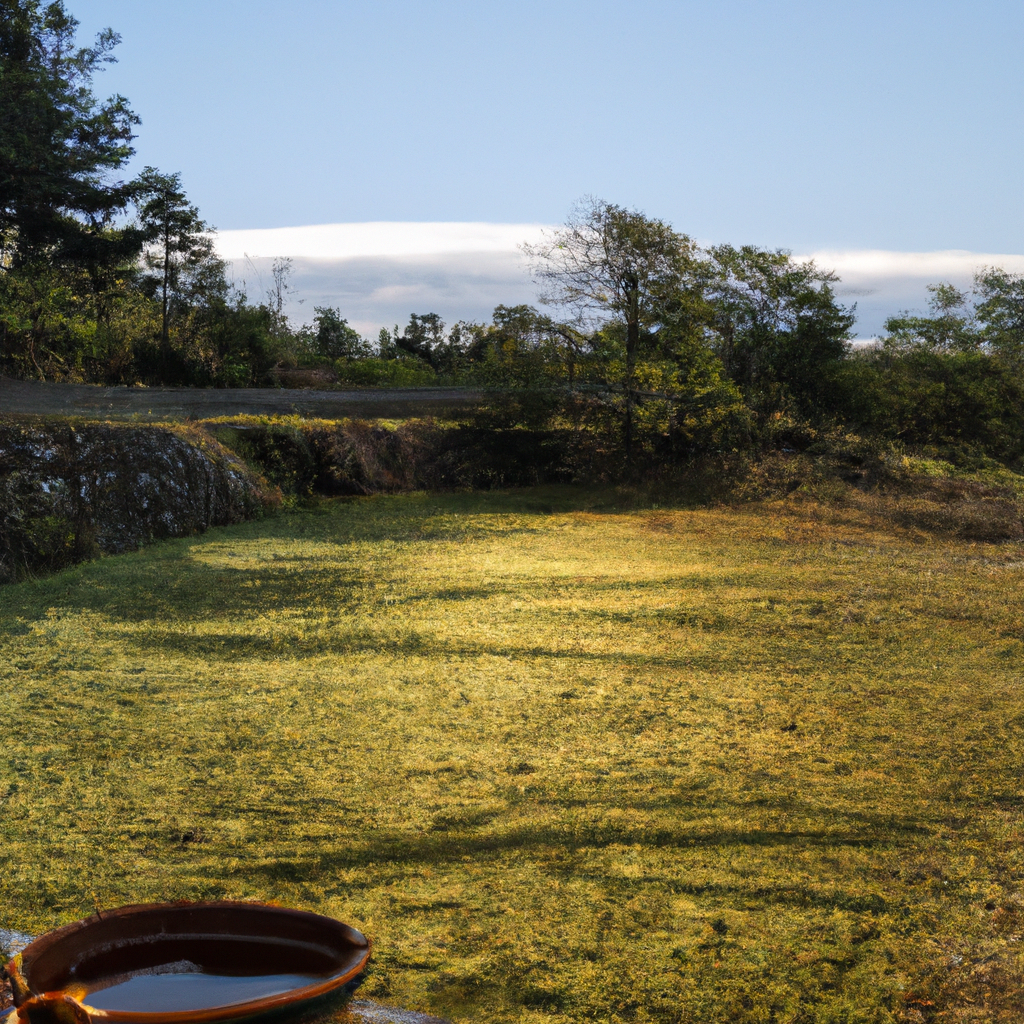Exploring the Rich Tapestry of Japanese Tea Ceremony Traditions

Title: Unraveling the Intricacies of Japanese Tea Ceremony Traditions
Immerse yourself in the enchanting world of Japanese tea ceremonies, a centuries-old tradition that continues to captivate enthusiasts worldwide. The art of the tea ceremony, known as "chanoyu" or "sado," represents much more than just the act of preparing and serving tea. It embodies harmony, respect, purity, and tranquility, creating a sacred space for connection and contemplation.
At the heart of the Japanese tea ceremony is the intricate choreography of movements and rituals that have been passed down through generations. From the precise handling of the utensils to the rhythmic pouring of the tea, every gesture is deliberate and symbolic, inviting participants to engage all their senses in the experience.
One of the key elements of the tea ceremony is the setting itself. The tea room, or "chashitsu," is designed to evoke a sense of harmony with nature, often featuring elements such as tatami mats, sliding doors, and traditional decorations. The seasonal motifs incorporated into the tea room reflect the changing rhythms of nature and add depth to the overall ambiance.
Another essential aspect of the Japanese tea ceremony is the choice of tea used. Matcha, a finely ground powdered green tea, is the most commonly used tea in the ceremony. Its vibrant color and earthy flavor serve as a focal point for the sensory experience, complemented by traditional sweets that balance the bitterness of the tea.
Beyond the physical elements, the Japanese tea ceremony is steeped in philosophy and symbolism. Concepts such as "ichigo ichie" (one time, one meeting) emphasize the transient nature of life and the importance of cherishing each moment. The host and guests engage in a delicate dance of mutual respect and appreciation, creating a sense of unity and mindfulness.
Participating in a Japanese tea ceremony is a profound and transformative experience that transcends cultural boundaries. Whether you are a seasoned tea enthusiast or a newcomer to the world of tea ceremonies, exploring the rich tapestry of Japanese tea traditions offers a glimpse into a heritage of elegance, grace, and spiritual depth.
In conclusion, the Japanese tea ceremony is not just a cultural practice but a profound philosophy that celebrates the beauty of simplicity and the art of being present. By delving into its intricate traditions and embracing its timeless rituals, we can cultivate a deeper connection with ourselves, others, and the natural world. Embark on a journey of discovery through the world of Japanese tea ceremonies and savor the richness of this ancient tradition.











